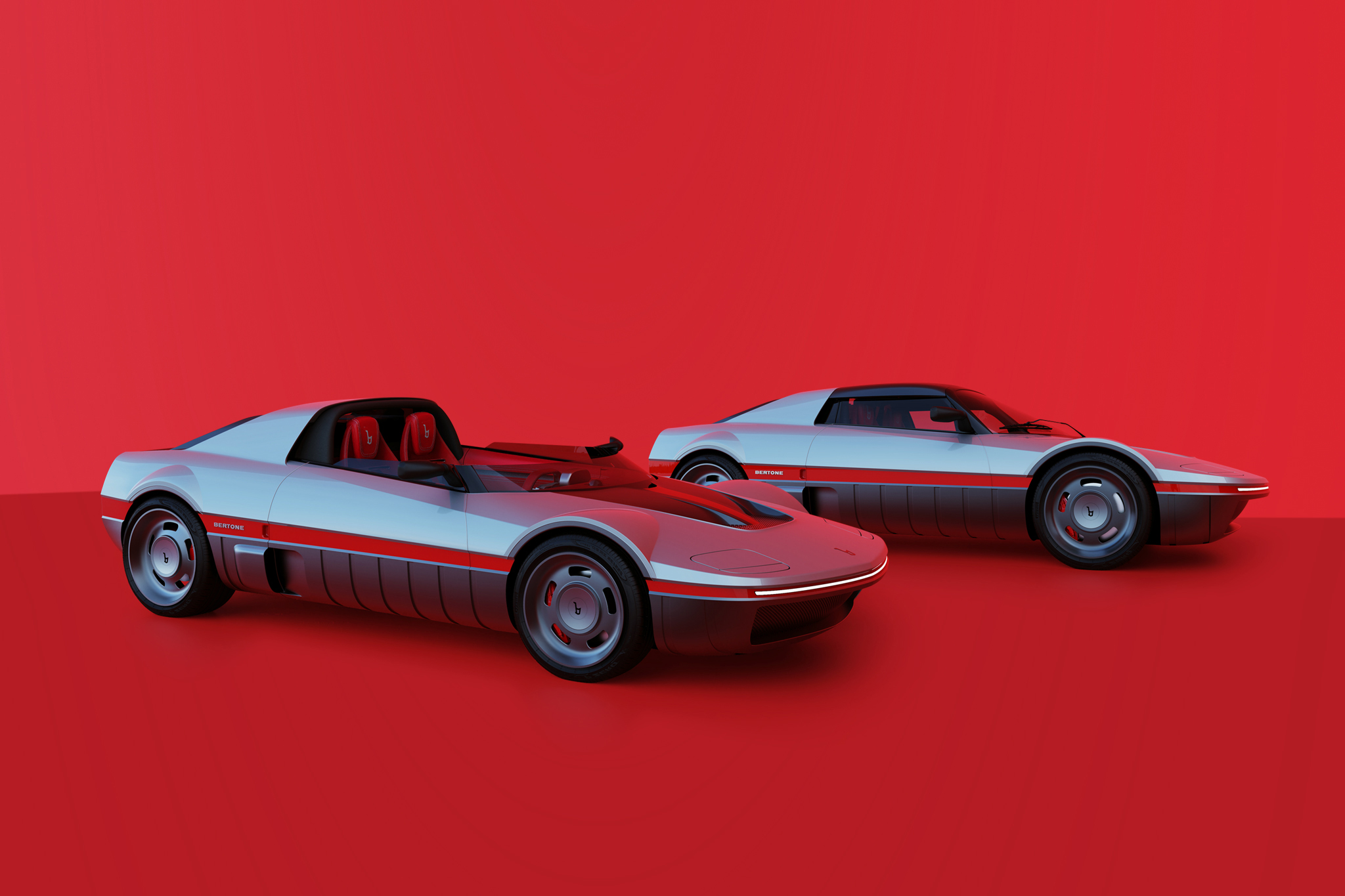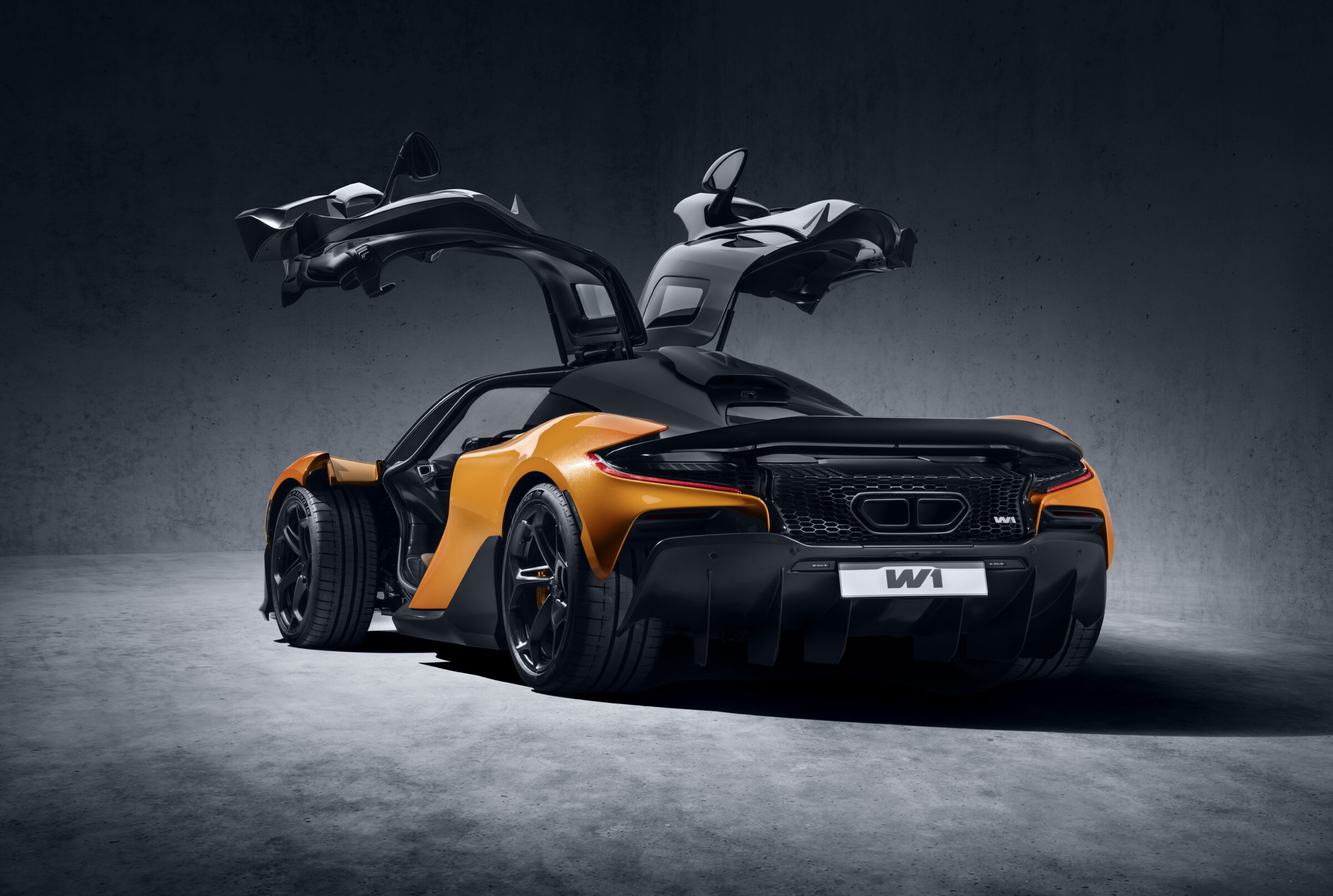MG Metro 6R4
If there ever was a really wild time in motorsports, that was undoubtedly in the 1980s. On the circuits, turbocharged Formula 1 cars and radical-shaped Group C cars raced around, while the loose underground of the World Rally Championship was dug up for the first time by 4x4s and eventually by the wild Group B monsters. The first step was made by Audi with a request in a FIA meeting, whether it would be OK to bring a vehicle with four-wheel drive to the start of WRC events from 1980. Until then, this drive concept had been used only for real off-road vehicles and some lorries. Accordingly, Audi received little attention from other manufacturers on this question. They just waved it through and suspected that the team from Ingolstadt seriously wanted to use their army offroader for some WRC events, maybe the Safari Rally in Kenya. How wrong they were became clear, when the all-new quattro drove in circles around all established competitors and they had to bring in the same technology as soon as possible. In the following years, moreover, the new Group B regulations also allowed wild vehicle concepts, as only 200 copies of the respective base model had to be sold to customers as road cars. Of the evolutionary versions for competition they only had to build 20 units. This led to cars like the Audi Sport quattro, the Peugeot 205 T16, the Ford RS200, the Citroën BX 4TC or the Lancia models 037 and Delta S4.
Even in the UK, this new development didn’t go unnoticed. At Austin Rover Ltd., they wanted to their successes with the Triumph TR7 V8 and TR8, maybe even reach those of the legendary Mini Cooper again. For this purpose, a completely new rally car was developed, which should be visually based on the MG Metro at the request of the marketing department. Under the direction of John Davenport, then head of the motorsport department, together with the Williams F1 team under Patrick Head and John Piper a mid-engined vehicle with four-wheel drive was created. A first prototype went into testing from December 1982 and quickly caused speculations in automotive press. However, it took until early 1984, before Austin Rover first publicly revealed the MG Metro 6R4. The acronym stands for 6-cylinder Rally 4-wheel-drive. This already indicates that the British brand took a different route than the competitors. While these used four- or five-cylinder engines with turbocharging, the 6R4 got a naturally aspirated six-cylinder engine with three liters of displacement, 90° bank angle and two overhead camshafts per side.


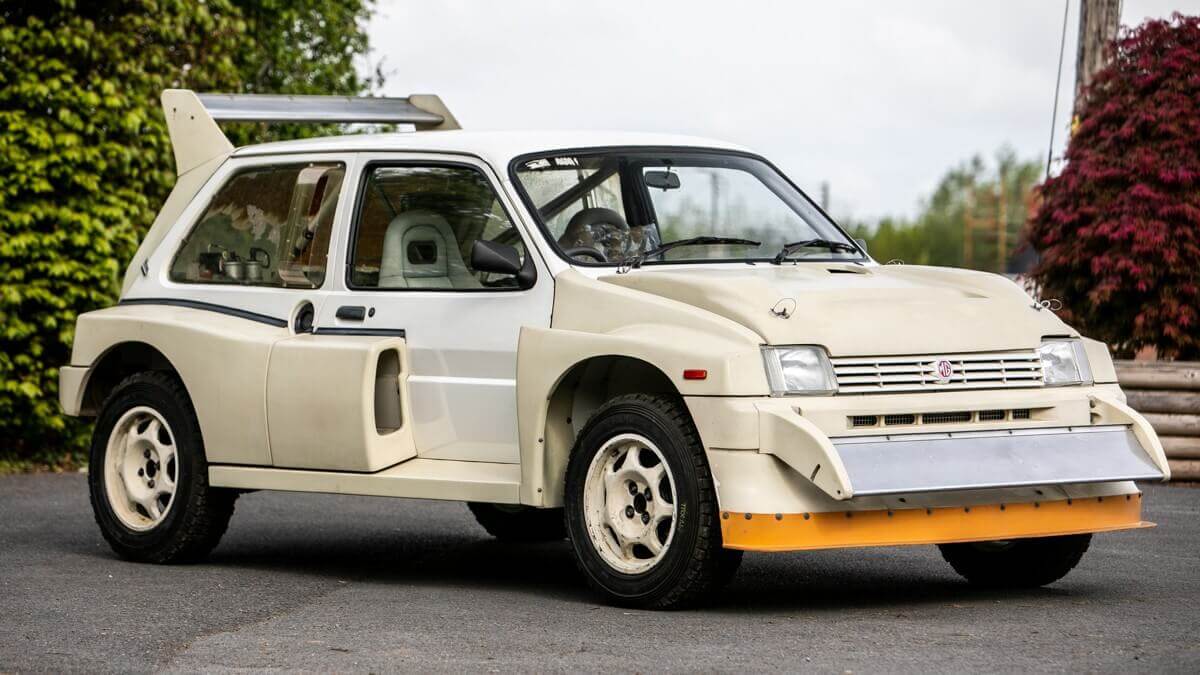

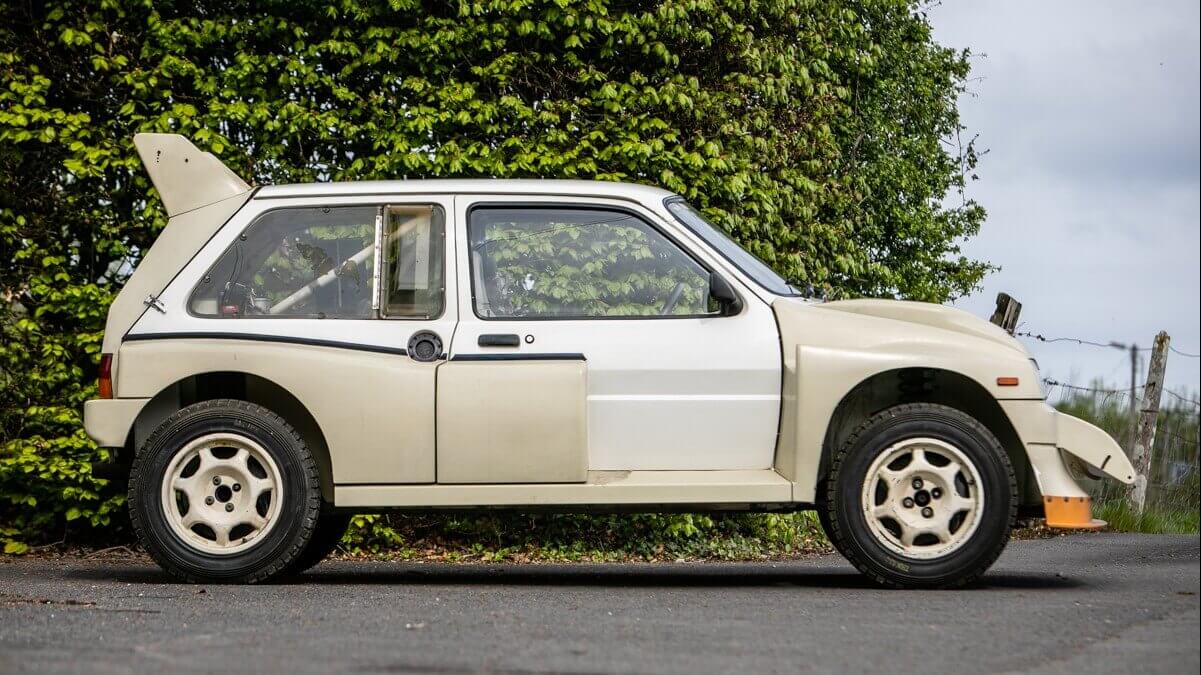

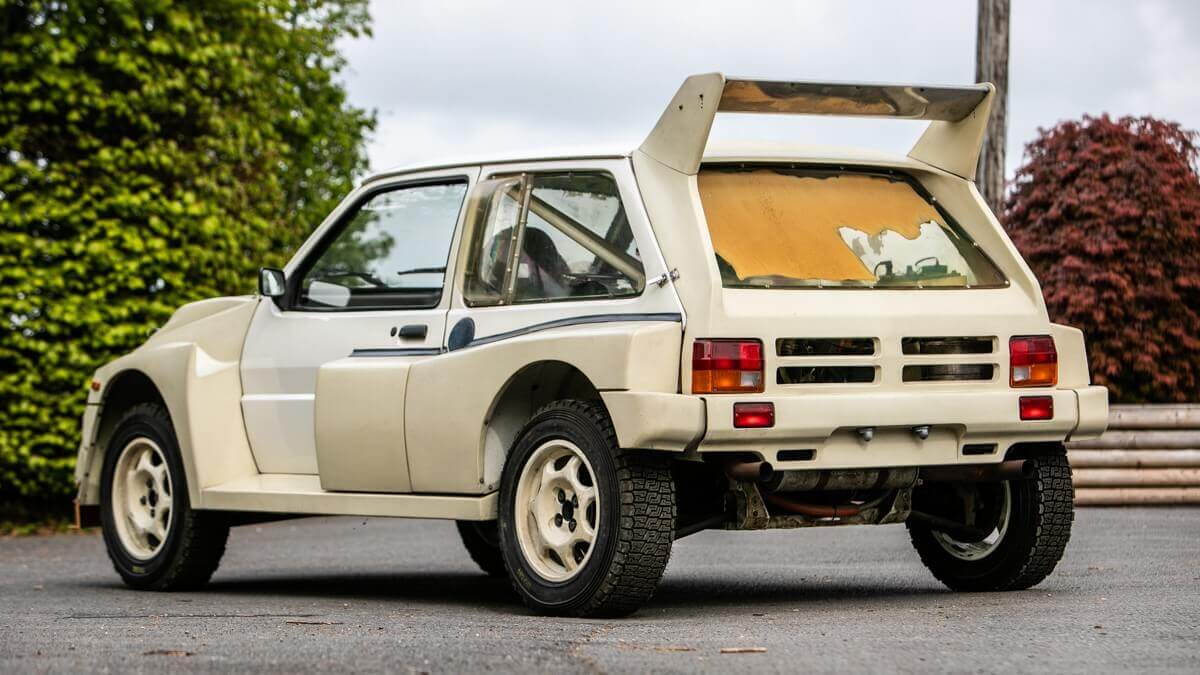

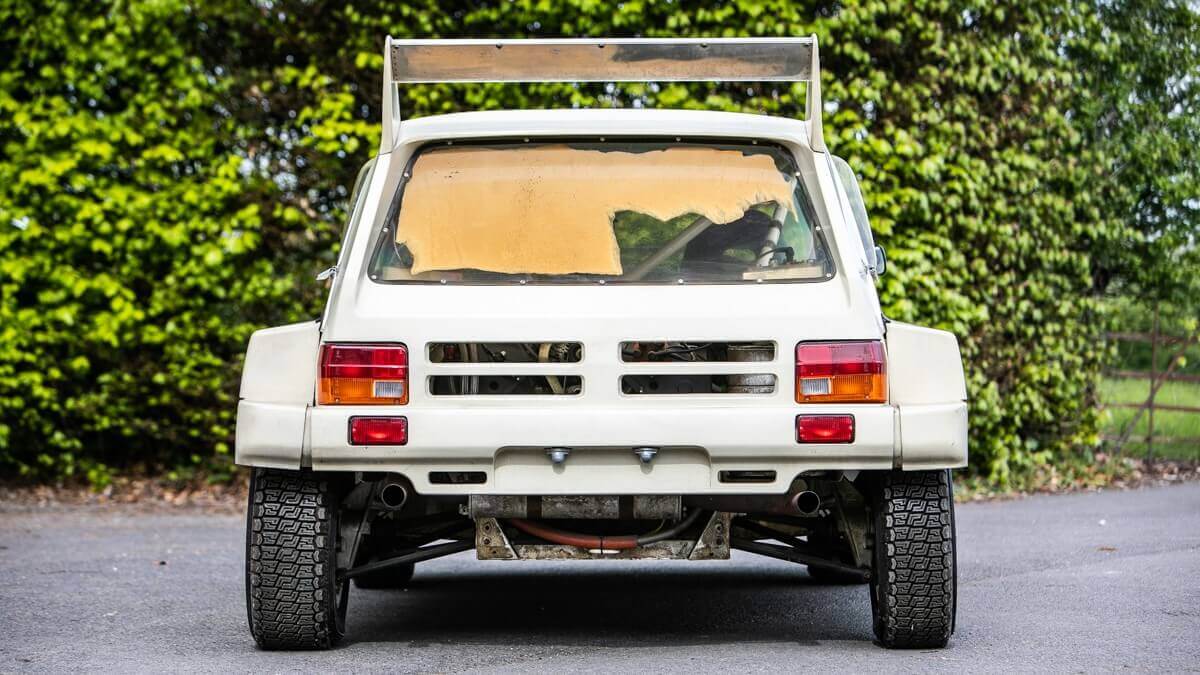

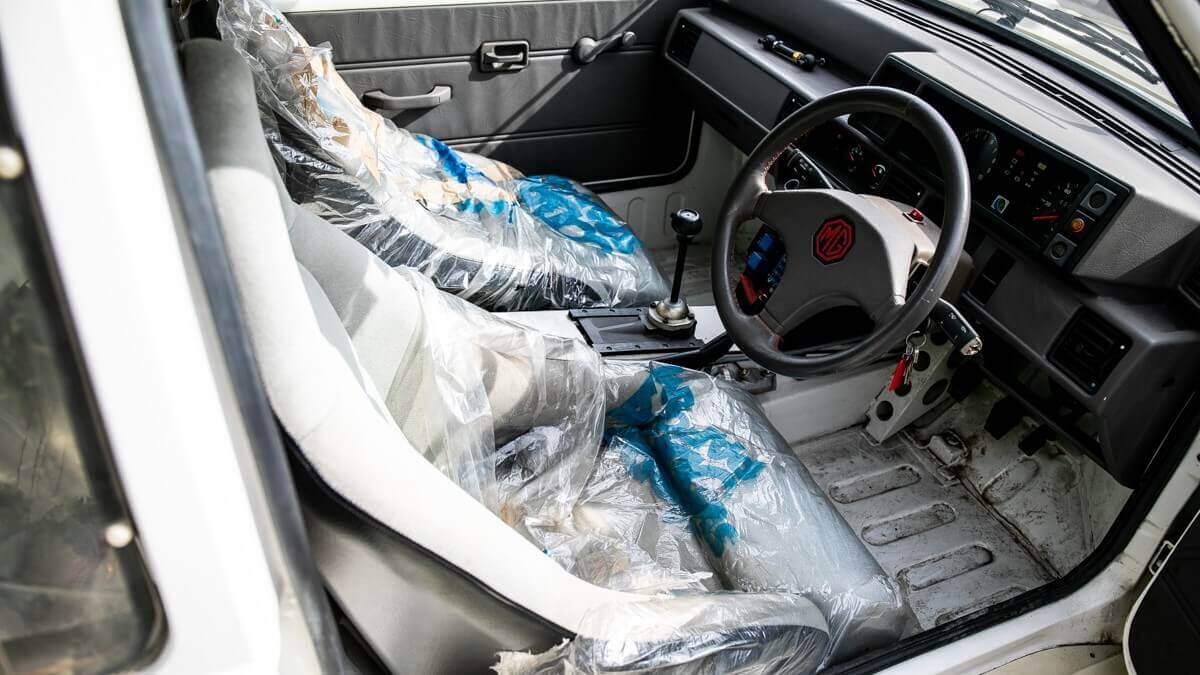



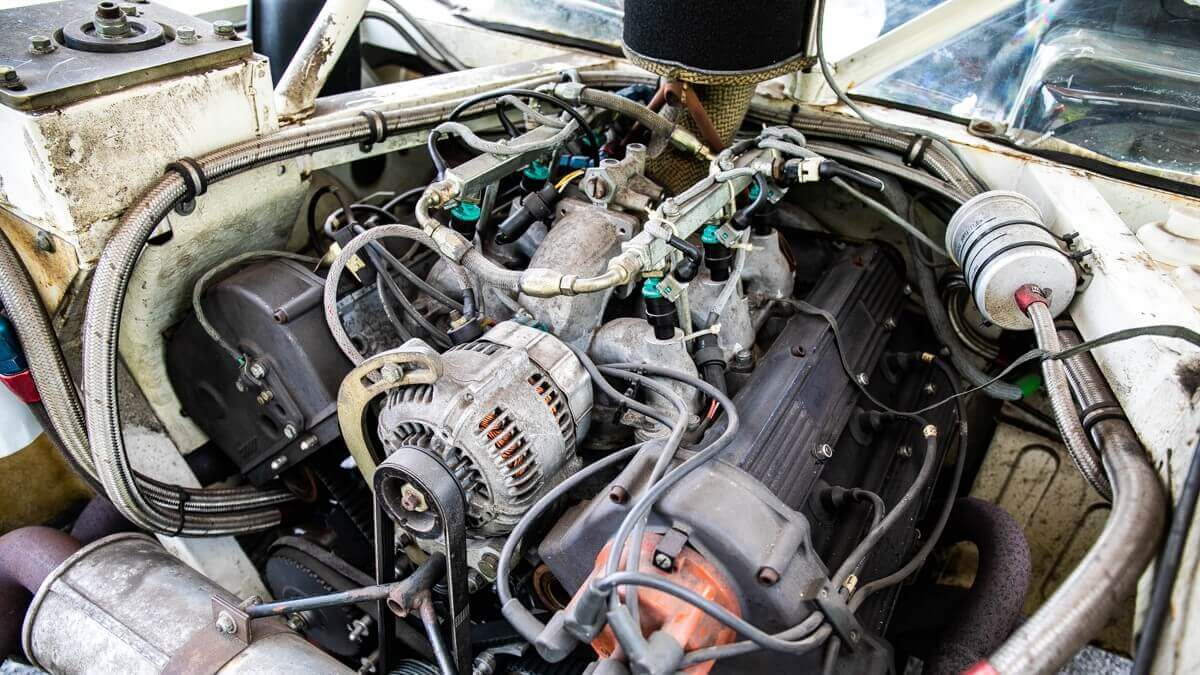

According to the regulations, Austin Rover Ltd. offered the MG Metro 6R4 in a limited edition of 200 Clubsport versions for everyone and added another 20 vehicles in full Group B configuration. The latter were sold in the UK as kitcars to bypass the official type approval. Each customer could then just attach some wings and parts themselves within about 20 minutes. After the cars from the factory team and some privateers suffered from various technical problems within the first two years, they began the year 1986 with a sorted out concept. However, due to some fatal accidents, the FIA stopped Group B within the same year, which meant that the 6R4 could only be used at Rally Cross events afterwards.
At Silverstone Auctions, a special copy of the MG Metro 6R4 comes under the hammer on July 28. It is likely to be the only Group B specification vehicle with only 7 miles on the clock and never been used in competition. The attachments and spoilers are still in their unpainted state as they came from factory. The first owner had the car picked up in December 1986 at the plant in Abingdon and brought to his garage in Oxfordshire. The car remained there until 1996, when the first owner’s widow loaned the MG as a long-term loaner exhibit to the Donington Motor Museum. In 2002, the current owner saw the car on display there and arranged to buy it through the museum. The technical components were kept in best possible condition over the entire period by regular checking of their functionality. Together with a comprehensive documentation, this unique MG Metro 6R4 will now find a new owner. Silverstone Auctions expects a hammer price between £ 200,000 and £ 240,000.
Images: Silverstone Auctions



